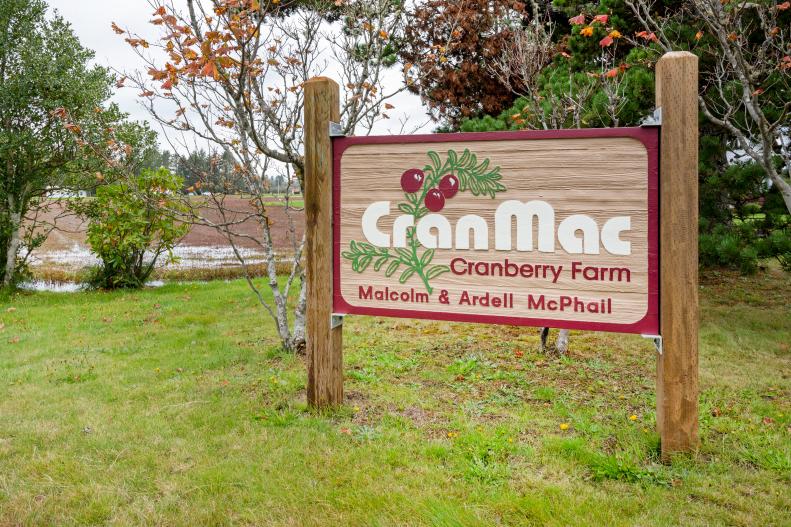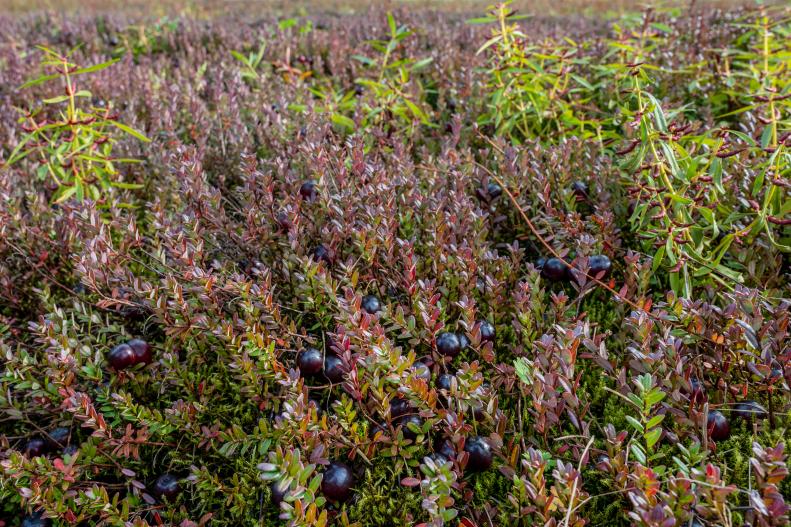1 / 24
Photo: Rachael Jones.
From:
HGTV Handmade.
Where the Red Cranberries Grow
Long before heaps of sugar, orange peels and tart cranberries are boiled together to make sauce, CranMac Farm in Washington State has a hand in bringing that delicious recipe to your holiday table. Meet Malcolm and Ardell McPhail, first-generation farmers who operate a 100-acre cranberry farm on the sandy soil of the Long Beach Peninsula, who almost became dairy farmers. “We were both extension agents [at Washington State University] and Malcolm [said] he wanted to go into farming,” Ardell recalls with a smile. “He thought of a dairy farm, and I said, 'No way!’ Another extension agent we knew said, ‘The cranberries are good and they’re going to get better.' We got real interested.”









